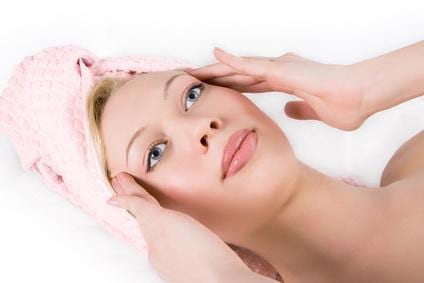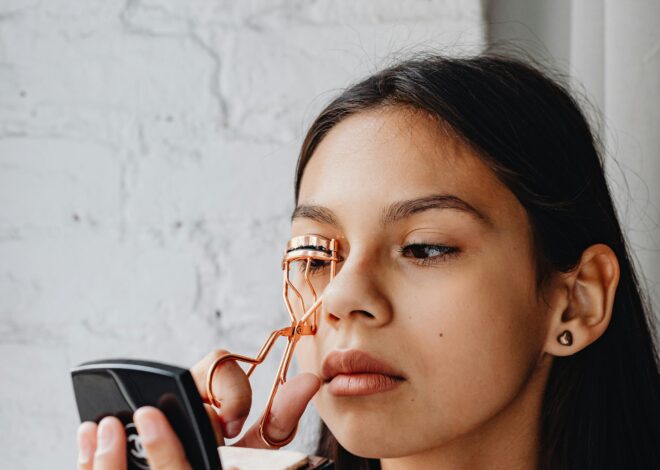If you spend too much time outdoors, you might not get the sun-kissed glow that celebrities and models sport. Noticeable brown splotches and spots of pigment are caused when your skin produces too much melanin in isolated areas of your face. Sun spots–also known as liver spots or age spots–associated with photoaging can be particularly problematic. You can attempt skin whitening at home, if you choose the right skin-care products and protect discolored skin from the culprit that caused it: the sun.
Use Thorough Sun Protection
First, do no further harm: When dealing with any type of skin discoloration, from sun spots or melasma to the post-inflammatory hyperpigmentation that lingers after a blemish heals, the most important thing to do is protect discolored skin from the sun. The American Academy of Dermatology stresses the importance of rubbing on a broad-spectrum sunscreen with a sun protection factor, or SPF, of at least 30 a half-hour before you go outdoors. Using thorough sun protection is important even if your skin tone is darker, the AAD says.
Pick the Right Active Ingredients
The majority of skin whitening creams available on the consumer market use hydroquinone as their active agent. Hydroquinone has a bleaching effect on pigmented skin. According to skincare guru Paula Begoun, hydroquinone is supported by dermatologists and scientific research as being safe and effective. Other ingredients that may be effective include deoxyarbutin, glycolic acid and kojic acid. Begoun notes that while alpha hydroxy acids, or AHAs, won’t lighten your skin, they do encourage the turnover of skin cells, expediting the rate at which damaged cells on the skin’s outer layer are shed.
Be Patient-–and Realistic
Nonprescription skin whitening creams may or may not give you the results you expect. According to the Mayo Clinic, the efficacy of these products depends on the extent of the hyperpigmentation and on whether you use the product religiously. Because the hydroquinone in skin whitening products must penetrate through the epidermis to the point at which it meets the dermis–or the middle layer of the skin–you may have to use your product for months before you will see a noticeable difference in your skin tone. Prolonged use of hydroquinone can irritate your skin.
Read Product Labels
Nonprescription skin lightening creams may contain, by law, a maximum concentration of 2 percent hydroquinone, the AAD points out. Stronger bleaching creams are available of up to 4 percent hydroquinone that you can get with a doctor’s prescription. Make sure that the skin whitening cream you choose explicitly tells you the concentration of hydroquinone in its content, the AAD advises. If it doesn’t, give the product a pass. Putting too much hydroquinone on your face without a dermatologist’s approval can result in a type of discoloration that’s difficult to reverse.
See Your Dermatologist
Resolving stubborn skin discoloration may be more efficient if you have the assistance of a dermatologist, a doctor who specializes in treatment of the skin. A dermatologist may recommend prescription topical creams or suggest a series of microdermabrasion treatments, chemical peels or laser treatments to make your face more uniform in tone.
Photo Credit
- blonde girl facial massage image by Anatoly Tiplyashin from Fotolia.com





